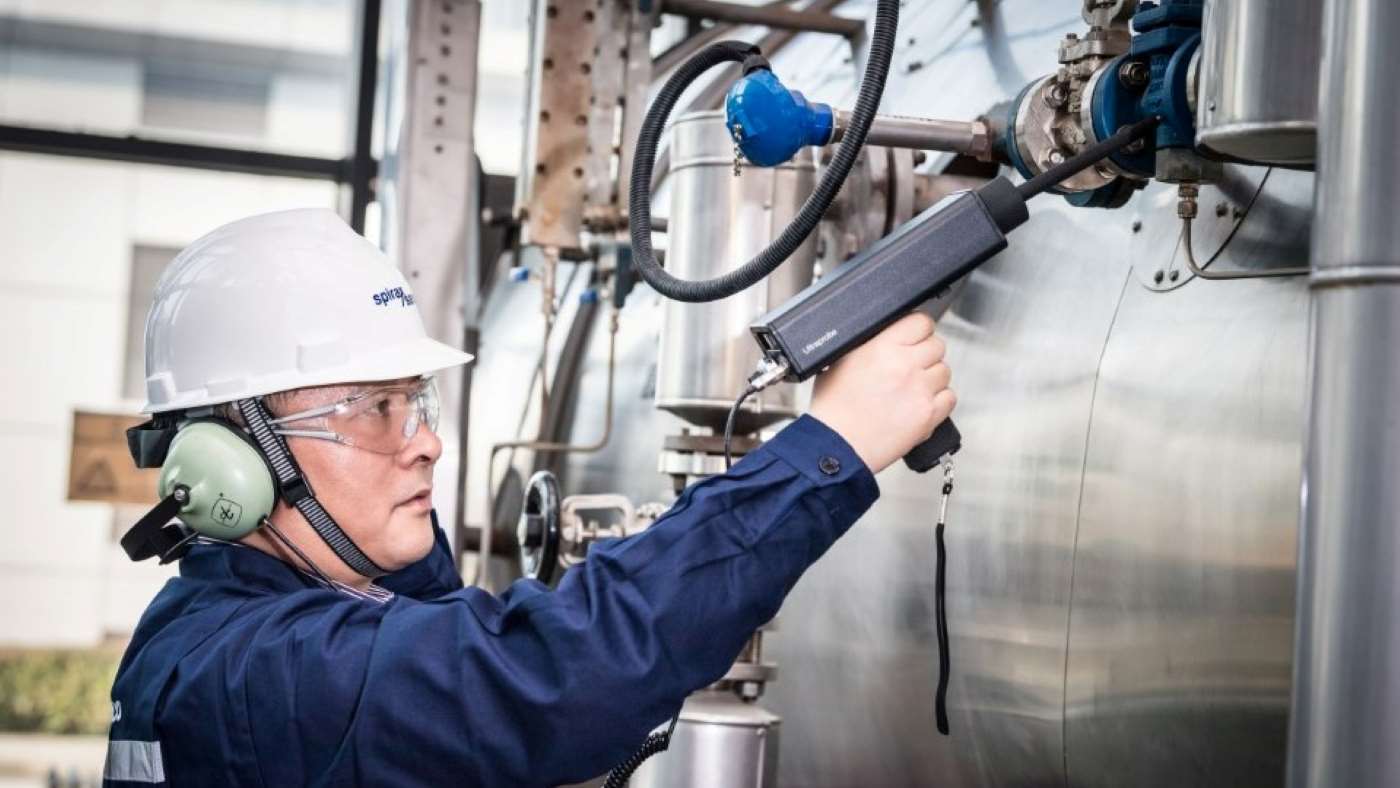Marston’s Brewery saves £60,000 in first year with Spirax Sarco steam traps
A year after upgrading its steam trap population with up-to-date equipment from Spirax Sarco, Marston’s Brewery in Burton-on-Trent (UK), saved £60,000 in energy and hot water costs.
By preventing steam escaping into the brewery’s condensate recovery systems, the new steam traps have also improved the site’s environmental image by eliminating visible steam emissions. “You used to see plumes of steam exiting the plant, but now that’s all stopped,” says Colin Walton, Senior Engineer at Marston’s Brewery. The impact was instant, with the quantity of escaping steam visibly reducing as more and more of the steam traps were replaced. “I used to tell the fitters that I’d know they’d done their job when steam stopped coming out of the condensate tank in each section,” he says.
Stainless steel sealed inverted bucket steam traps from Spirax Sarco have replaced about 70 old steam traps ranging from 10 to 40 years. The brewery opted to make the change en masse, rather than checking each steam trap individually for faults. “Price and quality were the deciding factors in choosing Spirax Sarco, but they also delivered great local support” says Mr Walton.
The new steam traps were responsible for the lion’s share of the savings, but Marston’s also took the opportunity to remove any trap bypasses from the steam system at the same time.
“I’m delighted with the savings, I’ve told everyone about them, whether they wanted to know or not!”Mr Walton at Marston's Brewery
Bypasses are often installed to enable engineers to redirect condensate around defective steam traps when necessary, but they can encourage bad practice by enabling the steam system to carry on operating at a suboptimal level, rather than forcing engineers to fix any defects immediately.
“I’m delighted with the savings,” says Mr Walton. “I’ve told everyone about them, whether they wanted to know or not!”
The Burton on Trent brewery makes around 300,000 barrels of beer every year, including brands such as Pedigree, Old Empire and Burton Bitter and draught Bass. The company uses steam throughout its processes, as well as for space heating.

